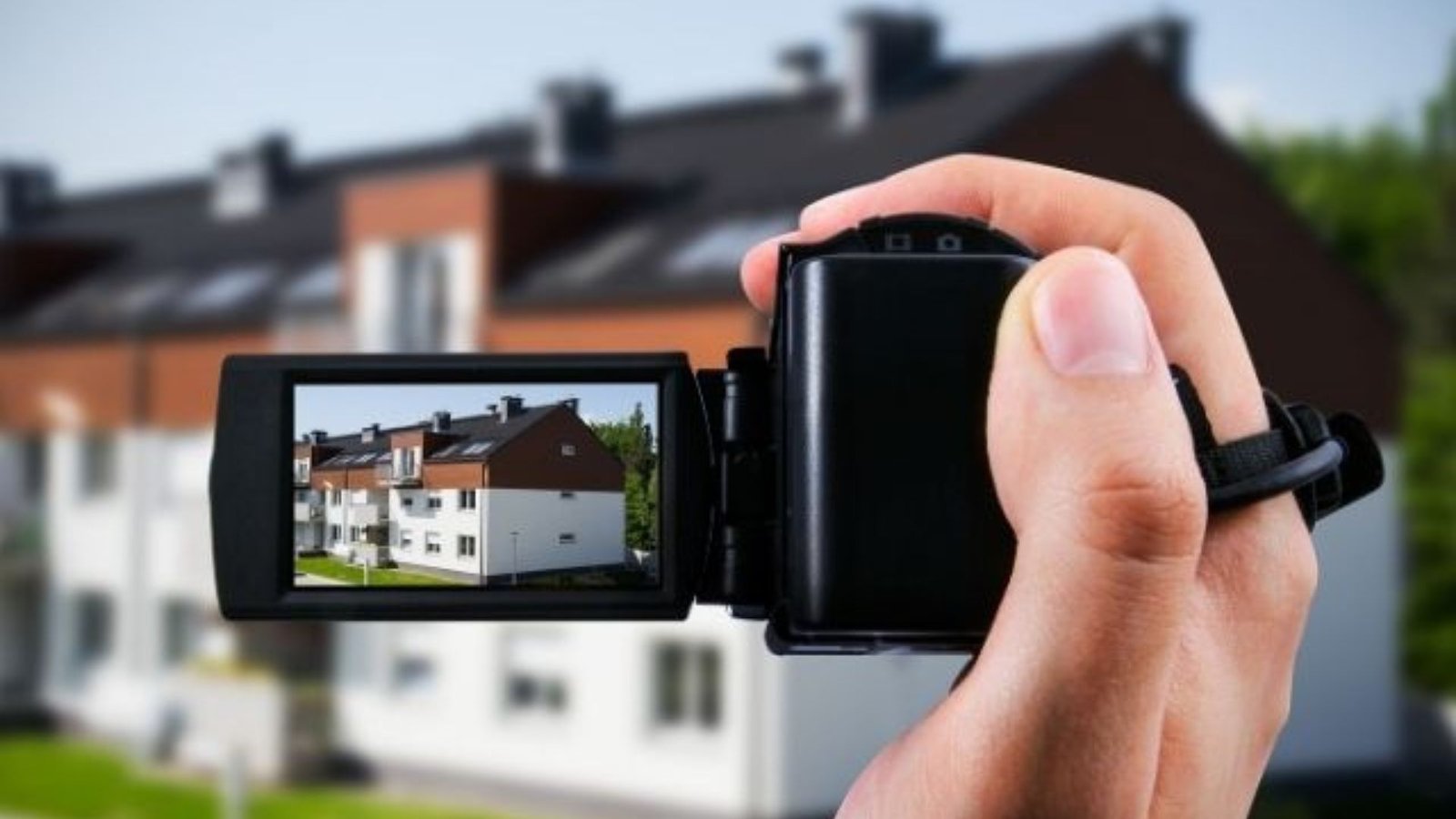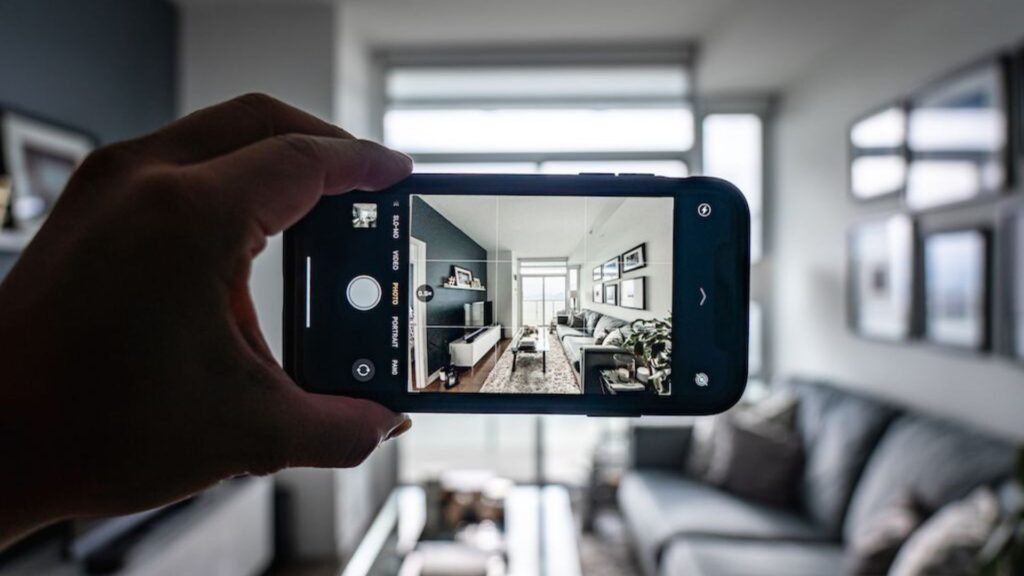Filming real estate properties effectively is key to making them stand out. High-quality videos can showcase the best features of a home, attract potential buyers, and leave a lasting impression. Whether you’re a seasoned videographer or new to real estate filming, following these best practices will help you create professional and engaging property videos.
Practices for Filming Real Estate Properties
1. Plan Your Shots
Before you start filming, take some time to plan your shots. Walk through the property and note which rooms and features you want to highlight. Consider the flow of the video and how each shot will transition to the next. Planning helps you cover all the important aspects and ensures a smooth filming process.

2. Use a Tripod or Stabilizer
A steady camera is crucial for a professional-looking video. Use a tripod or a stabilizer to eliminate shaky footage. A tripod is great for static shots, while a gimbal or stabilizer helps keep the camera steady during movement. This equipment will make your video look smooth and polished.
3. Optimize Lighting
Good lighting is essential for making a property look its best. Natural light is often the most flattering, so try to film during the day when the sun is shining. Open curtains and blinds to let in as much light as possible. For rooms with less natural light, use additional lighting sources like LED panels to brighten up the space. Avoid harsh shadows and ensure even lighting throughout the property.
4. Capture Wide Shots
Wide-angle shots are perfect for showcasing the entire room and giving viewers a sense of the property’s layout. Use a wide-angle lens to capture more of the space in a single frame. This is especially important for smaller rooms, as it helps to make them appear larger and more inviting.
5. Highlight Key Features
Focus on the property’s standout features, such as a spacious kitchen, a luxurious bathroom, or a beautiful garden. Use close-up shots to highlight these details and give viewers a closer look. Make sure to film any unique selling points that set the property apart from others.
6. Maintain a Consistent Style
Consistency in style helps to create a cohesive and professional-looking video. Stick to a similar framing, colour tone, and camera movement throughout the video. This uniformity makes the video easier to follow and provides a more polished appearance.
7. Use Smooth Camera Movements
When moving the camera, do so smoothly to avoid jarring movements. Use techniques like slow pans and steady tracking shots to create a fluid viewing experience. Smooth camera movements help maintain the viewer’s attention and provide a more pleasant viewing experience.
8. Include a Virtual Tour
A virtual tour is a great way to give potential buyers an immersive experience of the property. Walk through each room, showing how they connect. This approach helps viewers get a feel for the layout and flow of the space, making it easier for them to imagine living there.
9. Pay Attention to Details
Small details can make a big difference in the final video. Ensure that the property is clean and tidy before filming. Remove any clutter or personal items that might distract viewers. Arrange furniture and decor to create an appealing and welcoming atmosphere.
10. Add a Personal Touch
Including a personal touch can make your video stand out. Consider adding a brief introduction or voiceover that highlights the property’s unique features and benefits. This personal touch helps to connect with viewers and adds a human element to the video.
11. Edit Thoughtfully
Editing is where you can refine your footage and create a polished final product. Trim any unnecessary footage, and add transitions between shots to ensure a smooth flow. Consider adding background music that complements the video without overpowering it. Use colour correction to enhance the video’s visual appeal and make the property look its best.
12. Keep the Video Short and Engaging
While it’s important to cover all the key features, keep the video concise and engaging. Aim for a length of 2-4 minutes to hold viewers’ attention without overwhelming them. Focus on presenting the most attractive aspects of the property dynamically and engagingly.
Conclusion
Filming real estate properties effectively requires careful planning, the right equipment, and attention to detail. By following these best practices, you can create professional and compelling videos that highlight the best features of a property. From optimizing lighting and capturing wide shots to editing thoughtfully and adding a personal touch, each step plays a crucial role in making your real estate videos stand out.

